How We Do It: AAC in the Special Education Classroom – Continuing the Journey
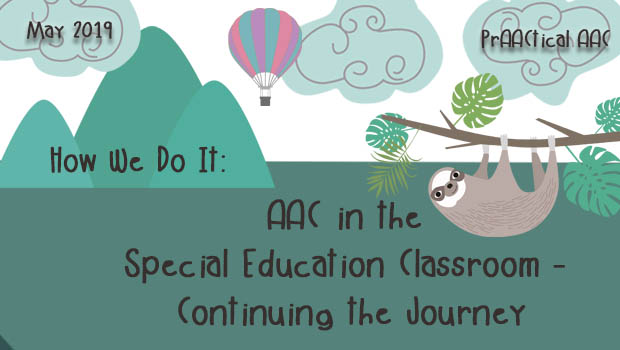
I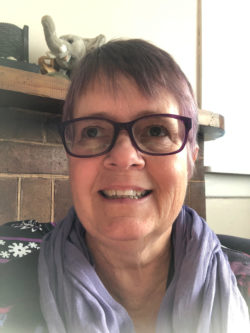 t’s such a pleasure to have Angi Pearce back on these pages to share her experiences and passion for teaching students with AAC needs. Angi is a teacher at Kowhai Special School in Hastings, New Zealand, and serves as the team leader for the Junior School classes (ages 5-11). Her initial post (see that here) introduced us to the ways that she embraced AAC and integrated it into her classroom. In today’s post, she talks about how things have evolved.
t’s such a pleasure to have Angi Pearce back on these pages to share her experiences and passion for teaching students with AAC needs. Angi is a teacher at Kowhai Special School in Hastings, New Zealand, and serves as the team leader for the Junior School classes (ages 5-11). Her initial post (see that here) introduced us to the ways that she embraced AAC and integrated it into her classroom. In today’s post, she talks about how things have evolved.
Enjoy the journey!
How We Do It: AAC in the Special Education Classroom – Continuing the Journey
This is my fifth year teaching in a school for children with special needs. Five years ago, AAC was a new term for me. Core vocabulary boards were the first tools which were introduced to me, which I did not understand the benefit and purpose of until I observed the way it enhanced partially verbal students to begin expressing themselves in a way they had been unable to before. I also saw the way non-verbal students were given a ‘voice’ once they started to understand that the core vocabulary boards could communicate a message. From there on, I embraced AAC, looking for ways to enhance the receptive and expressive language of all my students.
For as long as I can remember, even when I was teaching in mainstream schools, my classroom has always been a rich language environment. In swapping to special education, this is no different…it just may look different, that’s all.
From my small beginnings, as I got my head around how to use the core vocabulary board in the classroom, I now use multiple alternative communication tools and have integrated their use throughout the day. I want to take this opportunity to share how I ‘make it work’ using three different tools at the same time in my room.
In my classroom of 5-7-year-olds, I currently have five students, two of whom are hearing impaired. One of the hearing impaired students is a keen communicator, the other one has only recently been diagnosed as profoundly deaf, although has likely been so since infancy. The other students are minimally verbal.
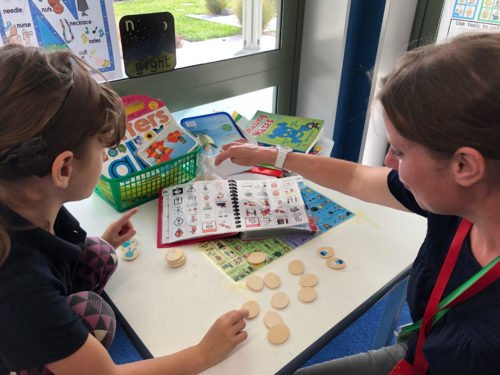
To support communication I use a mix of core vocabulary boards, sign language (NZ Makaton and NZSL), and have recently introduced a double-page PODD book for one of my deaf students (the keen communicator). We had trialed a talker with her, but she is so clever, she had worked out how to turn off guided access and find games to play on it instead of using it as a communication tool! That was when we decided to trial the PODD with her. Initially, I was unsure about this, as a couple of years ago we trialed a basic PODD with another student I had at the time, but found it difficult to manage alongside the core vocabulary board, plus the student in question had no interest in engaging with it as it was different from what the other students were using and she wanted to be the same as them. My student this year, however, has taken to it quickly and is already finding single symbols to support her verbal communication attempts. When we first introduced it to her, it was the week before Easter. She was very quick to discover the page which showed symbols related to special events, and daily was asking for Easter Eggs!
We start our day with Circle Time, during which I use a lot of sign language. It is an interactive time with lots of singing as this really helps to hook the students in. I have made a flipchart for the interactive whiteboard, which has the core board symbols as well as the sign language pictures. Our songs are accompanied with sign language, as well as pointing to relevant symbols on the core board. While this is all going on, a teacher assistant is modeling on the PODD with the student who uses that tool. The PODD is used more one-to-one, while the other AAC tools are used with all students.
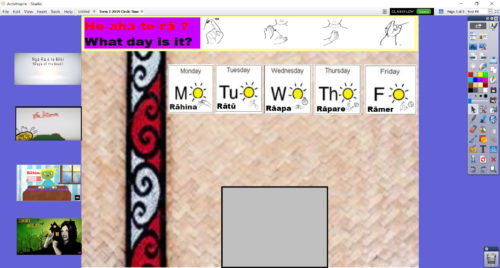
Following Circle Time, we move onto Maths. I have adapted a lot of my games to include sign language symbols on them…it has been a great help for the staff in my room as they have learnt the signs. Of course, the core vocabulary board is with us at all times, which we also use to support the maths language. We model using the PODD as well, where possible.
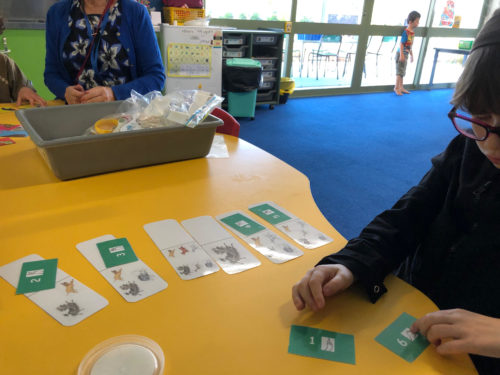
During literacy time, I have made lots of adaptations to include the core vocabulary board and sign language. I created a home-school news book, which uses both sets of signs. The students complete it each day, choosing cards to show what day it is, what they did at school, the weather and how they are feeling. There is a page also for them to complete at home to show some of the things they did at home.

Signs and symbols have been included throughout the literacy flipchart, for the word of the week and the predictable chart. I have also created reading books with the sign language signs in them. This is more of a guide for staff, but I found that my hearing impaired student was reading the symbols rather than the words, so moved her onto readers without the sign language graphics, but still continued to sign the books with her. As a result of this, she is actually reading the words now and also signing each word.
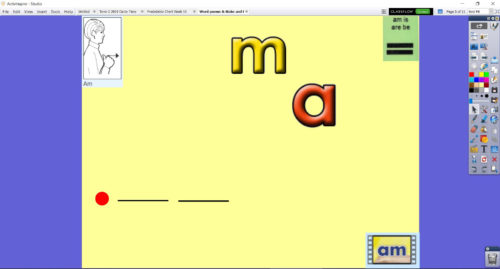
My student who has just started using the PODD book is already beginning to use it functionally, which is great to see. We try and give her every possible opportunity throughout the day to use it. We have started to use it with her writing. She is just beginning to recognise words and can write letters, so we are showing her the pathways in the PODD to help her create her story, e.g. “I like bananas.”
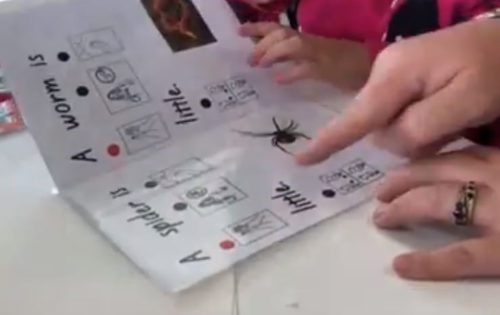
A couple of years ago, I would never have imagined being able to ‘juggle’ three different communication tools in the classroom, but now that we are successfully managing it, I am seeing how wonderful it is to give the students a range of tools to choose from. They may swap and change between the tools to communicate their message and we don’t restrict them to just one tool. As a result, there is a greater willingness in them to attempt communications. Although only one student is using the PODD, other students have shown an interest in it as well and have used it to communicate their wants or needs.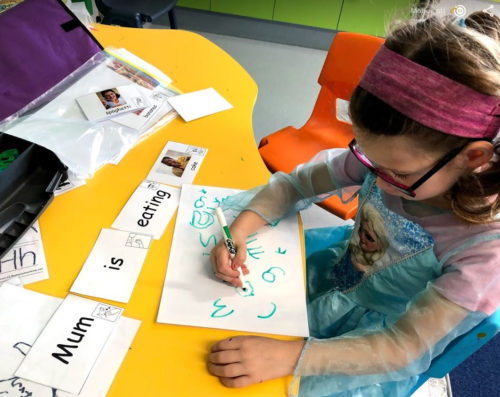
So where to from here? I think that it is simply a matter of continuing to provide a language-rich environment with lots of opportunities to communicate and respond to communications, making available a range of communication tools for the students to select from. I’ve loved observing the confidence the tools have given them to discover their ‘voice’. I read a quote on Facebook that said, “Just because they are non-verbal, doesn’t mean they have nothing to say.” Giving the students access to AAC acknowledges that they have something to say and places value on all their communication attempts.
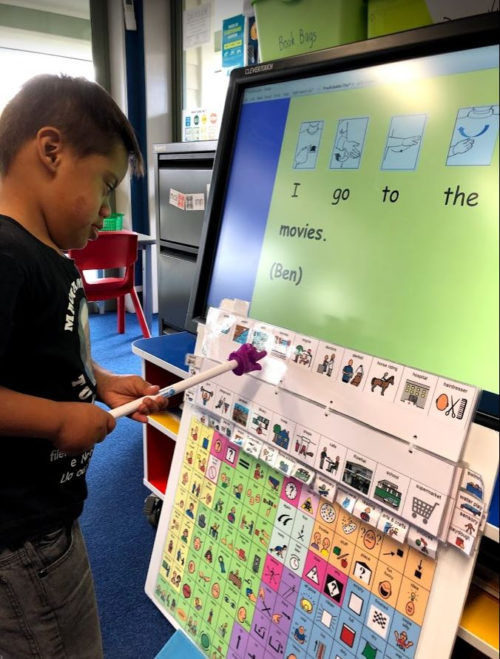
Filed under: Featured Posts, PrAACtical Thinking
Tagged With: Angi Pearce, classroom, literacy, school
This post was written by Carole Zangari


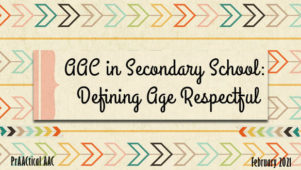
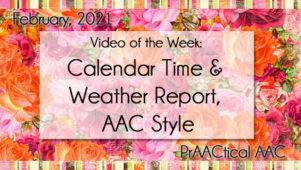
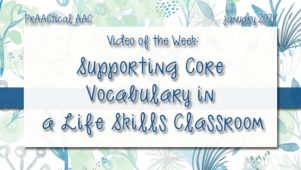
1 Comment
Hi there! I loved reading your article and gaining insight into what your classroom looks like. I was wondering if you could share the page(s) that you send home with your kiddos to show what they did that night? I really want to start incorporating this into my classroom so my students can have a way to tell me what they did at home.
Thank you for a great article and your time!